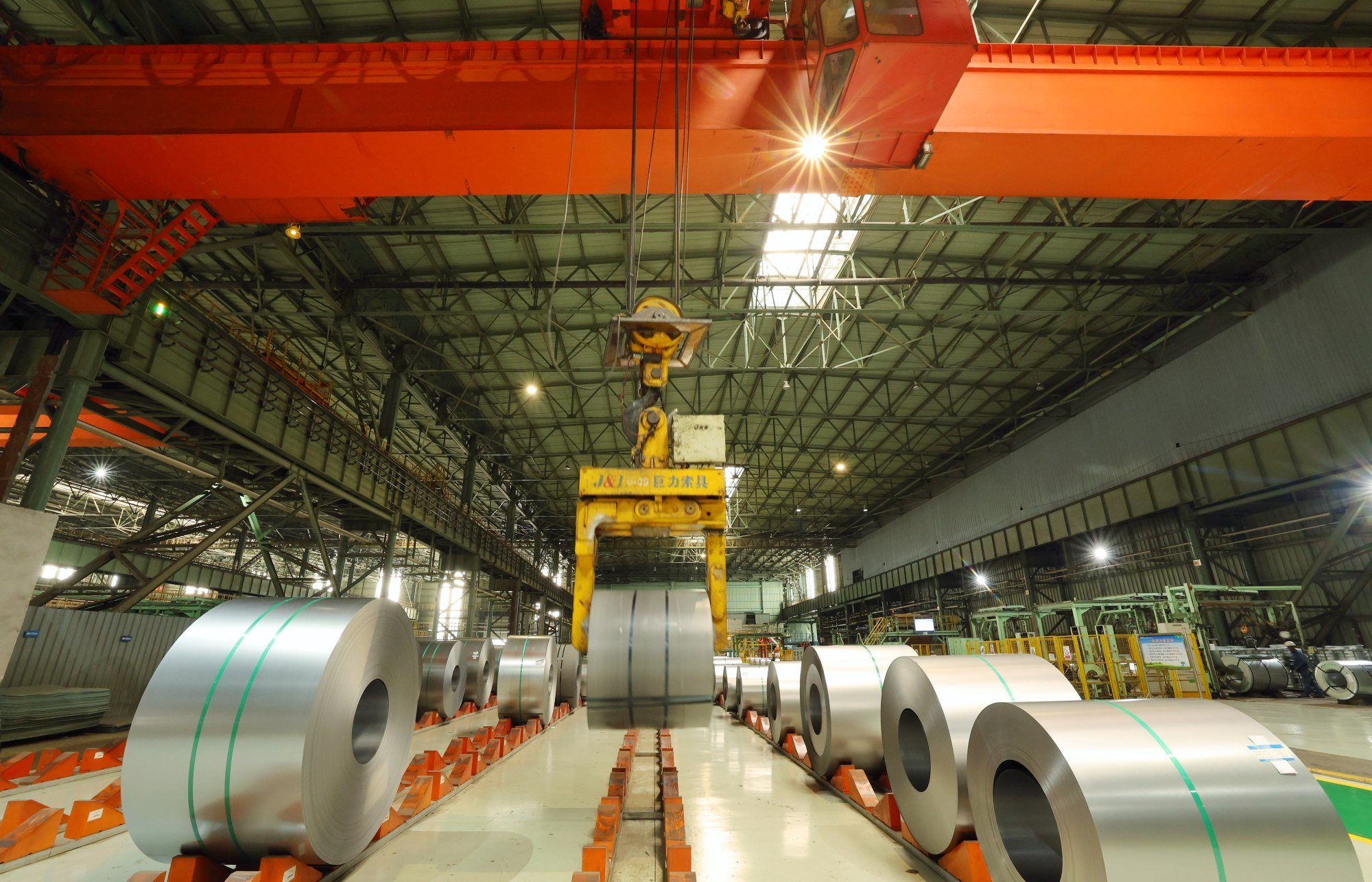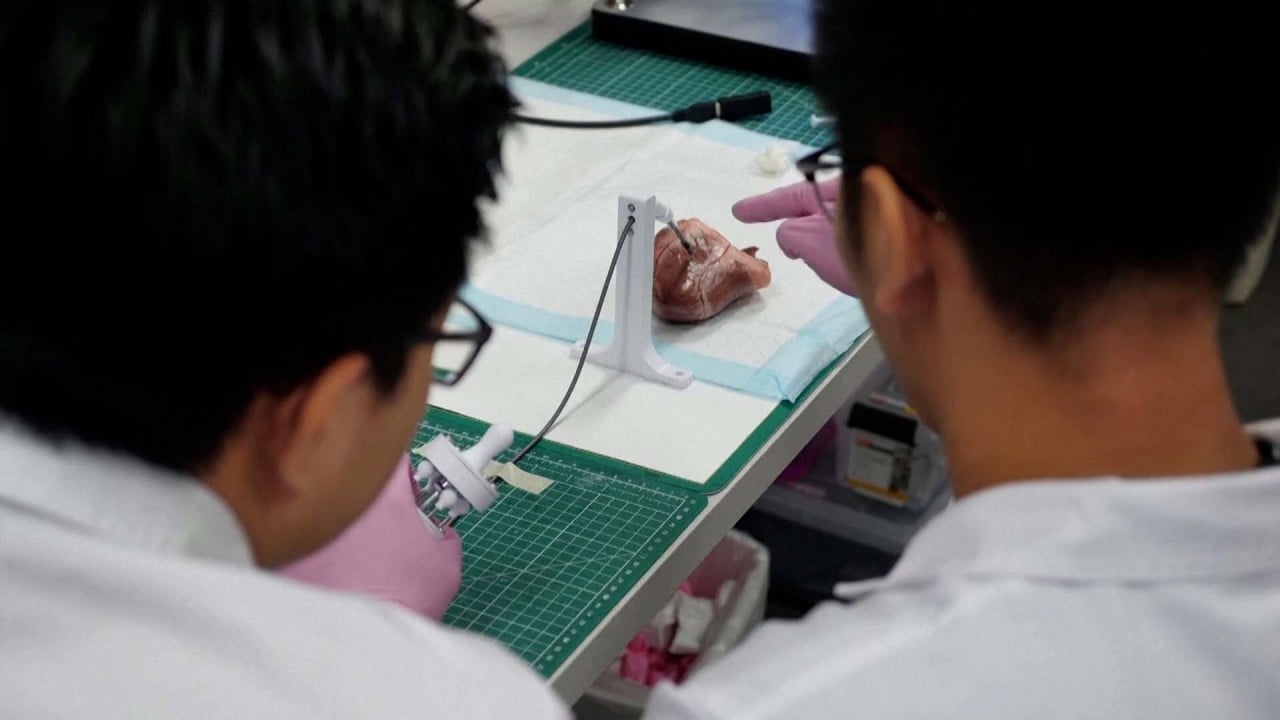
From robots to digitisation, tech is rapidly transforming Asia’s economy
- Asia’s eager tech adoption is changing its economy in manufacturing, banking, healthcare and e-commerce, creating opportunities across the digital ecosystem
While Asia’s tech infrastructure and automation have historically been underdeveloped relative to the West, factors such as high internet connectivity and increasingly affluent and urban demographics have driven the region to adopt technologies and automation more quickly.
Covid-19 accelerated the 4IR transition as physical distancing and shifting consumer demand forced companies to embrace digitisation and contactless operations. Smart technologies will continue to unlock the potential of the region’s manufacturing industries.
Notably, the emerging Southeast Asian manufacturing bloc – Malaysia, Thailand, Philippines and Vietnam – continues to gain market share with 7 per cent of the global manufacturing output. The same is true of India with 3 per cent, based on the World Bank data, with China at 30 per cent and the US at 16 per cent still representing the largest shares.

Socioeconomic shifts and increased connectivity across the region are also creating exciting opportunities within fintech and digital healthcare systems. Asia’s number of commercial bank branches per adult is less than half that of the United States, while the number of credit cards per adult is nearly one-tenth.
Digital healthcare has touched the lives of around 1.5 billion people in Asia, in terms of registered users across emerging healthcare platforms, and its base is growing. The region’s digital healthcare revenues reached US$73.8 billion last year, accounting for over half of the global total, and are expected to continue growing at a 14 per cent compound annual growth rate to 2027, above the global rate of 12 per cent.
While e-commerce blossomed for decades leading up to Covid-19, the sector boomed during the global pandemic – accelerating at an altogether different pace. While people stayed in the safety of their homes, e-commerce saw runaway growth, with China and the US now accounting for 67 per cent of the market share, almost equally split, and Asia excluding China accounting for roughly 13 per cent.
Southeast Asia, in particular, remains among the fastest-growing regions due to the lower e-commerce penetration rate of 18 per cent – compared to China’s 31 per cent, South Korea’s 36 per cent and America’s 23 per cent – and this is expected to increase to 23 per cent by 2027. The Philippines and Malaysia enjoy the strongest online retail growth worldwide, expanding each year by some 25 per cent and 23 per cent respectively.
As e-commerce mature in Asia, retailers must meet new challenges
This significant growth will continue to put pressure on infrastructure and create a greater need for innovative solutions, presenting a wave of opportunity across the digital ecosystem, from the logistics value chain to digital payment services and manufacturing.
While there are still challenges surrounding the region’s young digital infrastructure and related skills base, the potential is undeniable.
Ecaterina Bigos is chief investment officer of core investments (Asia ex Japan) at AXA Investment Managers


